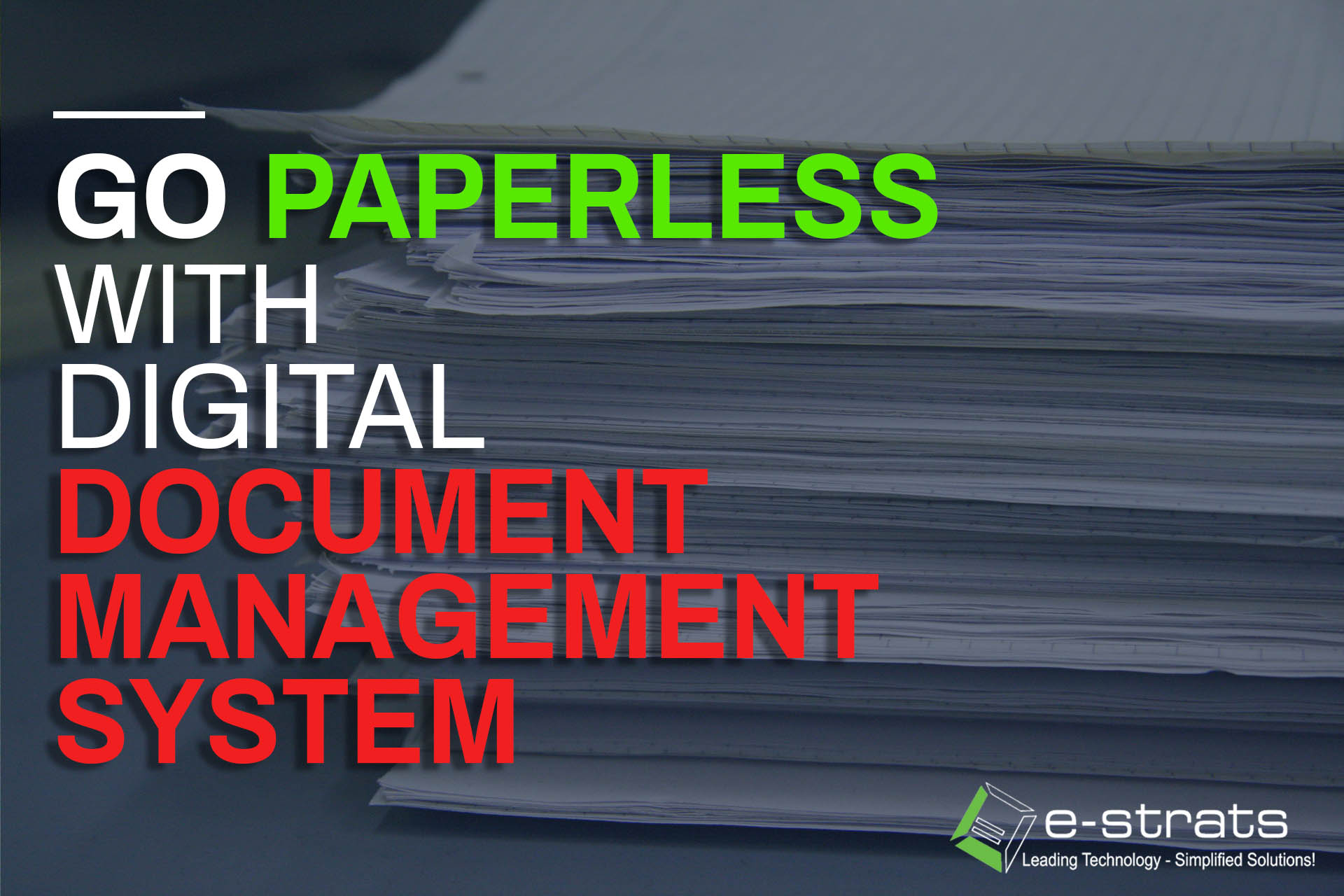Document and Companies
If there’s one thing that businesses cannot run without, its documents. Regardless of the type of company, every business makes excessive use of documentation. It is an essential part of a business that provides professionalism and proper functioning in a company. No company can operate without having any kind of documents. With the growth of the company, the amount of documents it manages increases greatly and that’s when the real problem kicks in which is managing those documents. To solve this problem, document management systems were created.
What is a Document Management System?
The best definition for Document Management System would be, a system or software that provides the facility of creating, storing, handling, indexing, protecting and retrieving of documents in digital form. It is a structure that houses critical information of a company with protection and allows a safe flow of this information.
Importance of DMS
Advancement and digitization have led to massive growth in business data. Almost every company spends an average of 21.8 hours a week managing their documents. Each day, loads of new documents such as proposals, contracts, guidelines, etc. are created and managed by a company. These documents aren’t always in one place and may include different forms such as Word documents, PDFs, E-mails or hard copy contracts. On the time of need, that ONE important document which is required by the manager in the middle of a meeting seems to be lost somewhere in the huge piles of paper, or the one that was provided by the client some time ago.
Implementation of Document Management System allows:
- Digital Organization
- Less Reliance on Paper
- Better Work Efficiency
- Easy accessibility of important information
- Document Security
- Faster Searching
- Document Accuracy
- Reduced Management Cost
Features
- Document Input: Creation of Documents
- Document Indexing: Organizing of Documents
- Document Search: Finding Documents Through Keywords and Reference Number
- Document Processing: Editing of Documents
- Document Security: Document Encryption
- User Dashboard: Privilege Assignment
- Customization: Integration and Optimization
Facts about document management
- A survey by IDC in 2012 revealed that a 21.3% loss of a company is due to poor document management.
- Professionals spend 50% of their time searching for information and spend about 18 minutes to retrieve the right document on average.
- Ombud’s research in 2013 revealed that an estimated $20 can be saved per document by using E-signatures.
- It also revealed that E-signatures reduce the turnaround time by a shocking 80%.
- An average office worker uses 10,000 sheets of paper a year.
- Industry research firm Gartner, Inc., estimates that about 3% of a company’s revenue is spent on paper, printing, filing, and managing.
Choosing the right DMS
Selecting the right software for your company can be a headache but to make sure that you pick up the right one, you must look for the following features in the software:
Document Storage
Archiving of files for easy retrieval, storage, and sharing for future use. Digitizing this process ensures relevant information is accessible by everyone.
Security control
By implementing privilege specific access to documents, unauthorized access can be easily prevented. IP restriction can further strengthen this feature by allowing only certain people to access, read or modify the document.
Version control
It is an important feature that ensures data validation. It helps everyone to stay updated on the new information added to the document or modifications made in the document.
Indexing and classification
Optimal Indexing of files offer a quick, easy retrieval later.
PDF document editor
Handling and modification of PDF files make it easier to maintain multiple types of documents.
Mobile apps
A mobile app offers image capture and quick upload of documents on the go. Documents can also be accessed on mobile devices as all the documents are placed in cloud storage to ensure easy access.
File synchronization
Through cloud storage, the local files on a system can be updated and the latest document changes can be seen as soon as they are made regardless of who makes them.
I hope that I was able to share useful information as the utilization of business management software is something that is overlooked even though it proves to be very useful for the growth of a business. E-strats promotes the use of such software to help SMBs and startups grow their customer reach and maximize their productivity. We must embrace the rapid technological growth instead of overlooking it.

